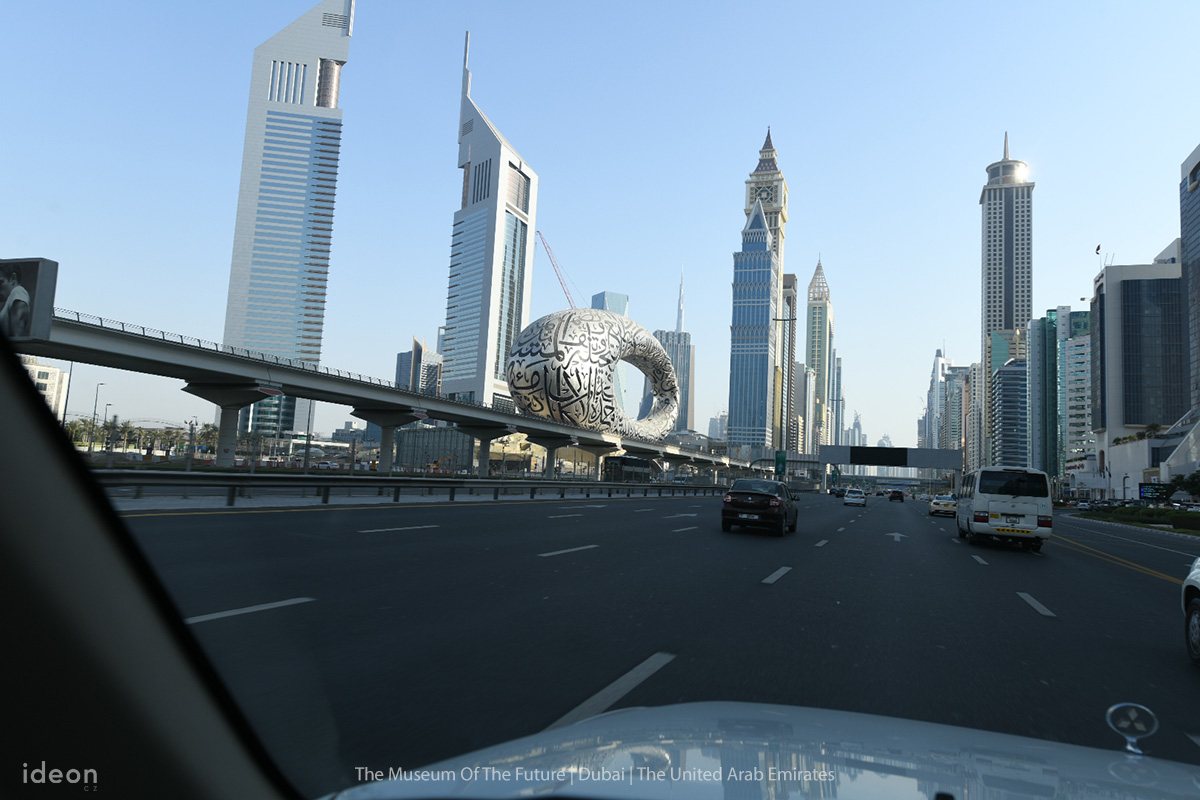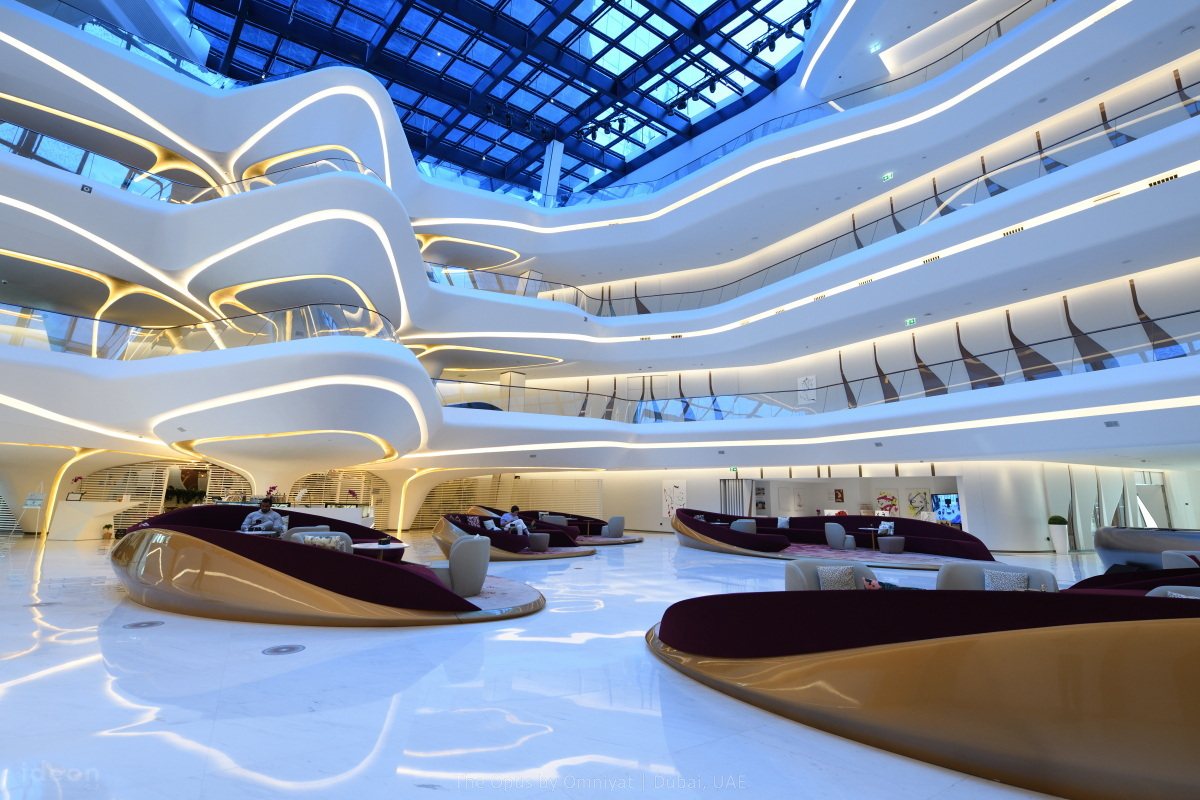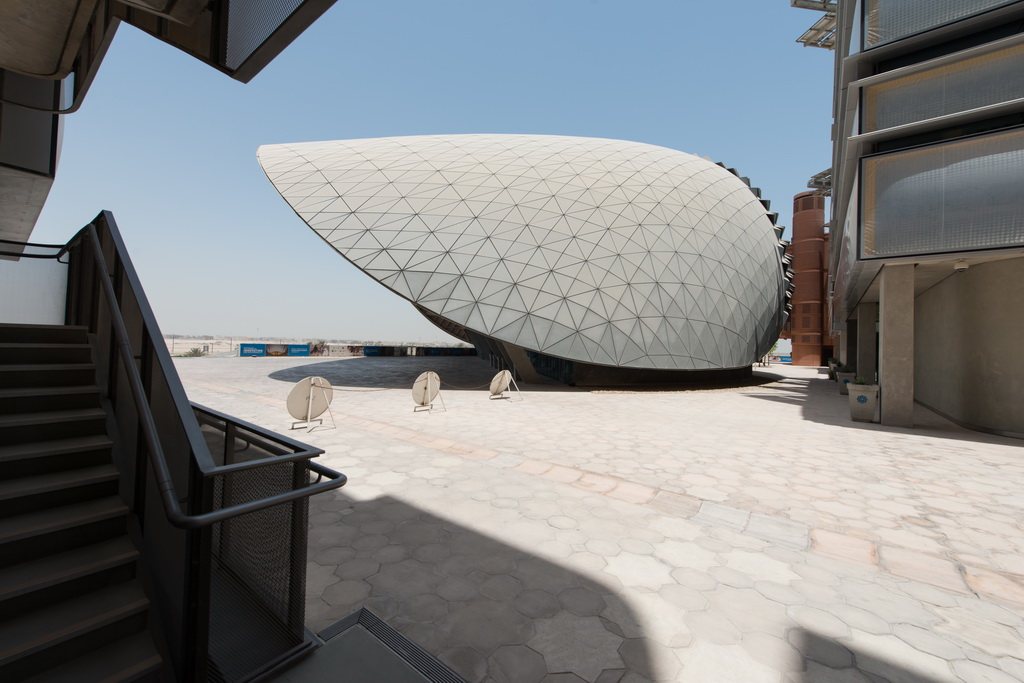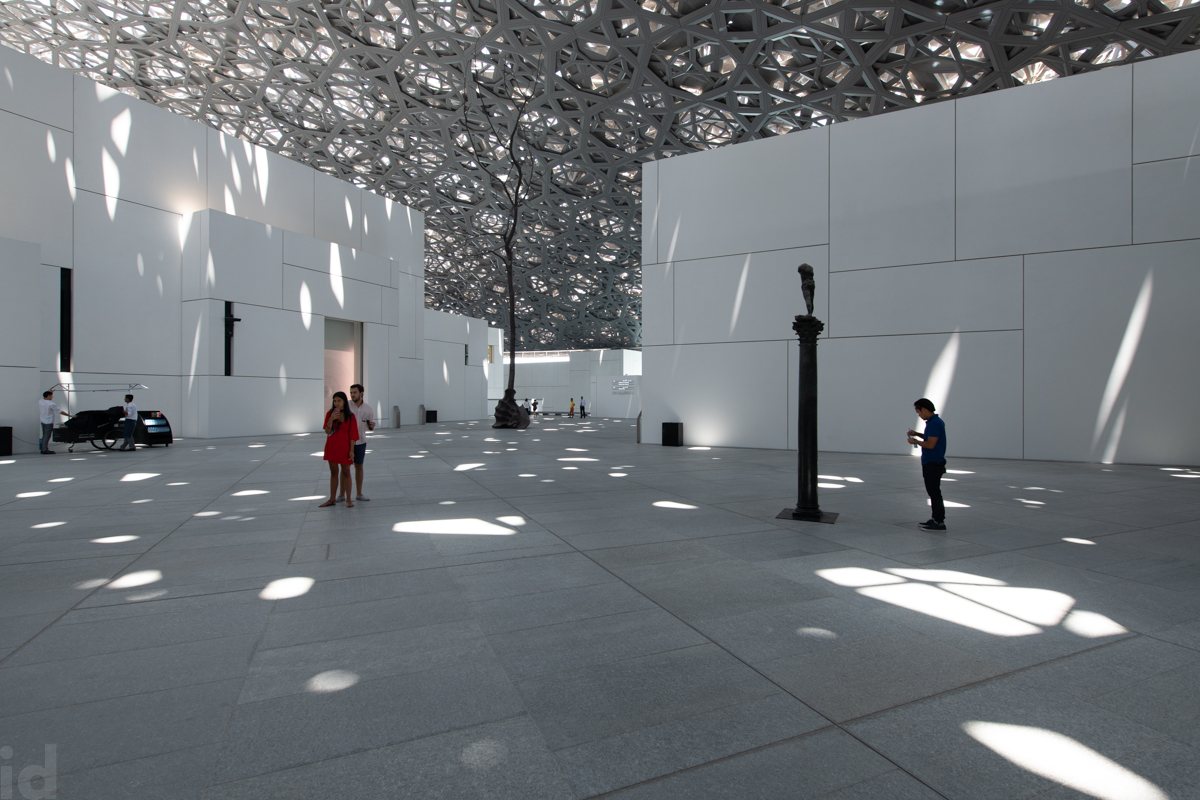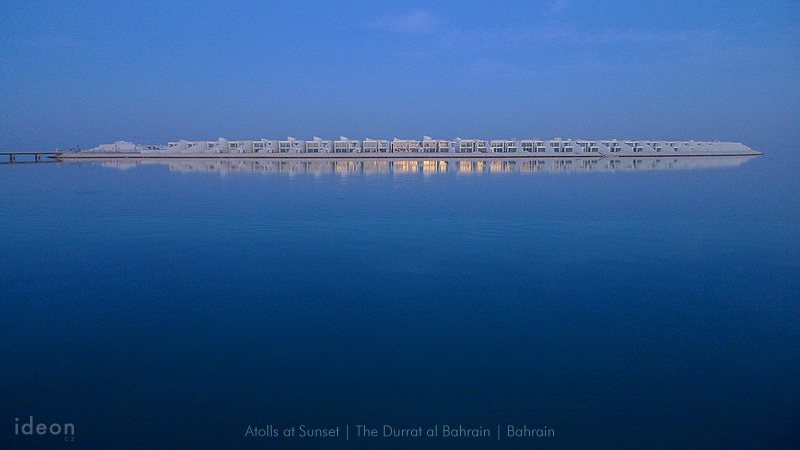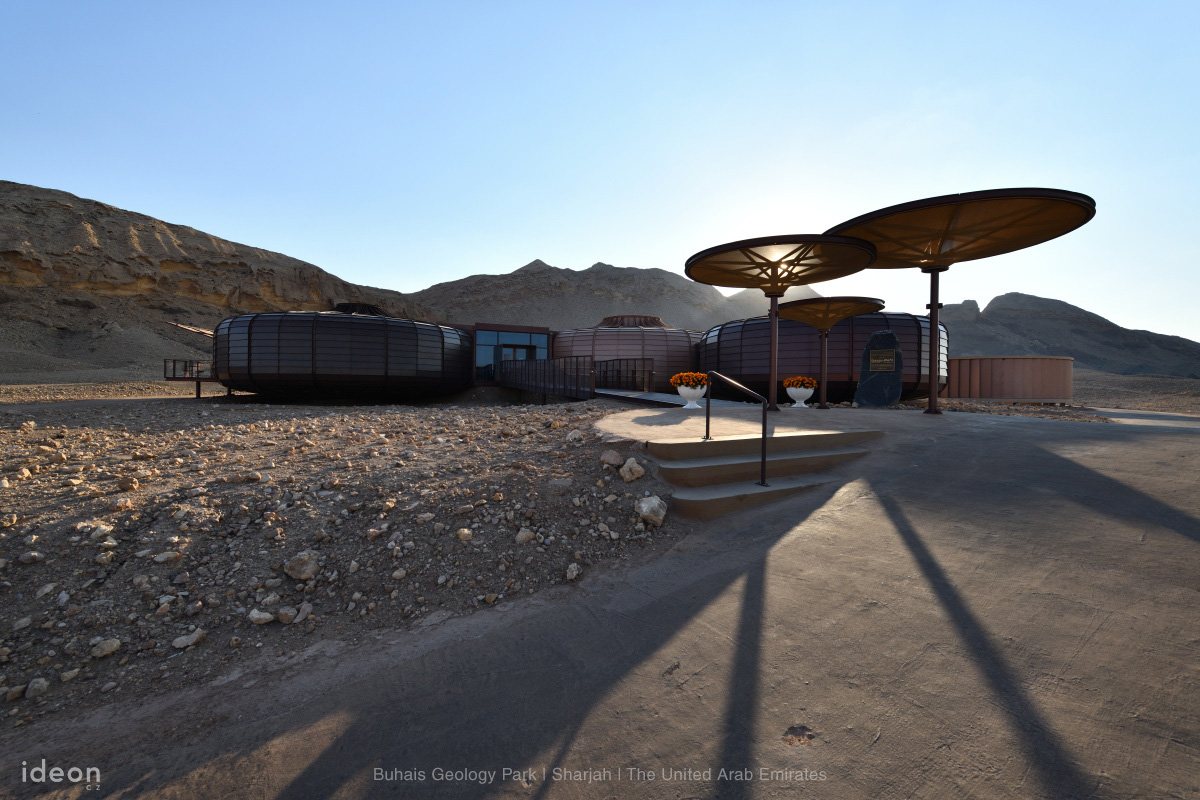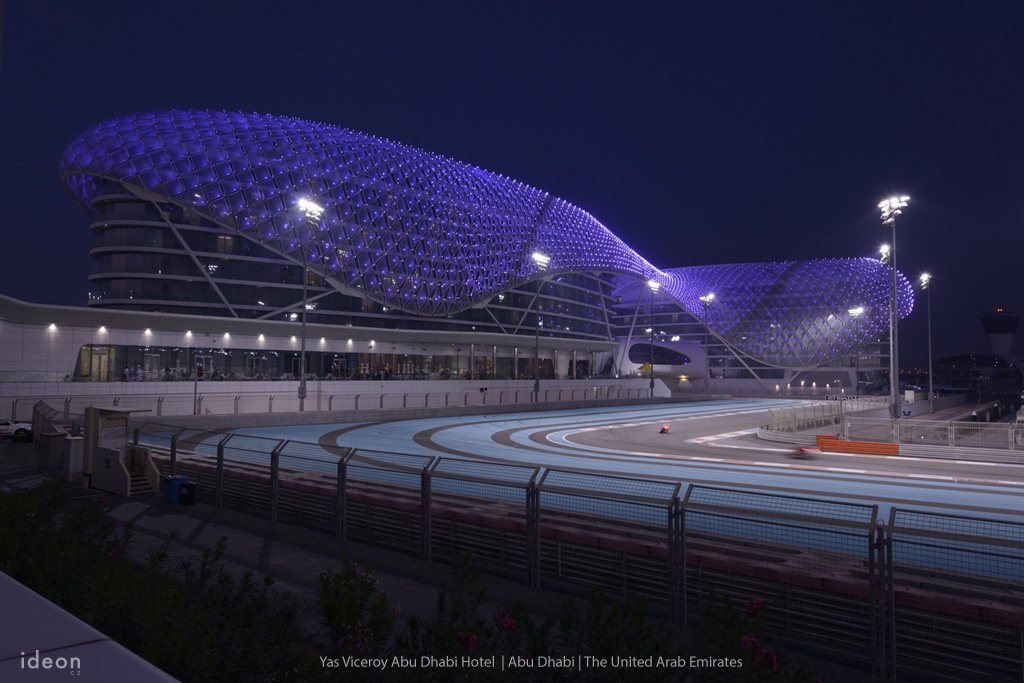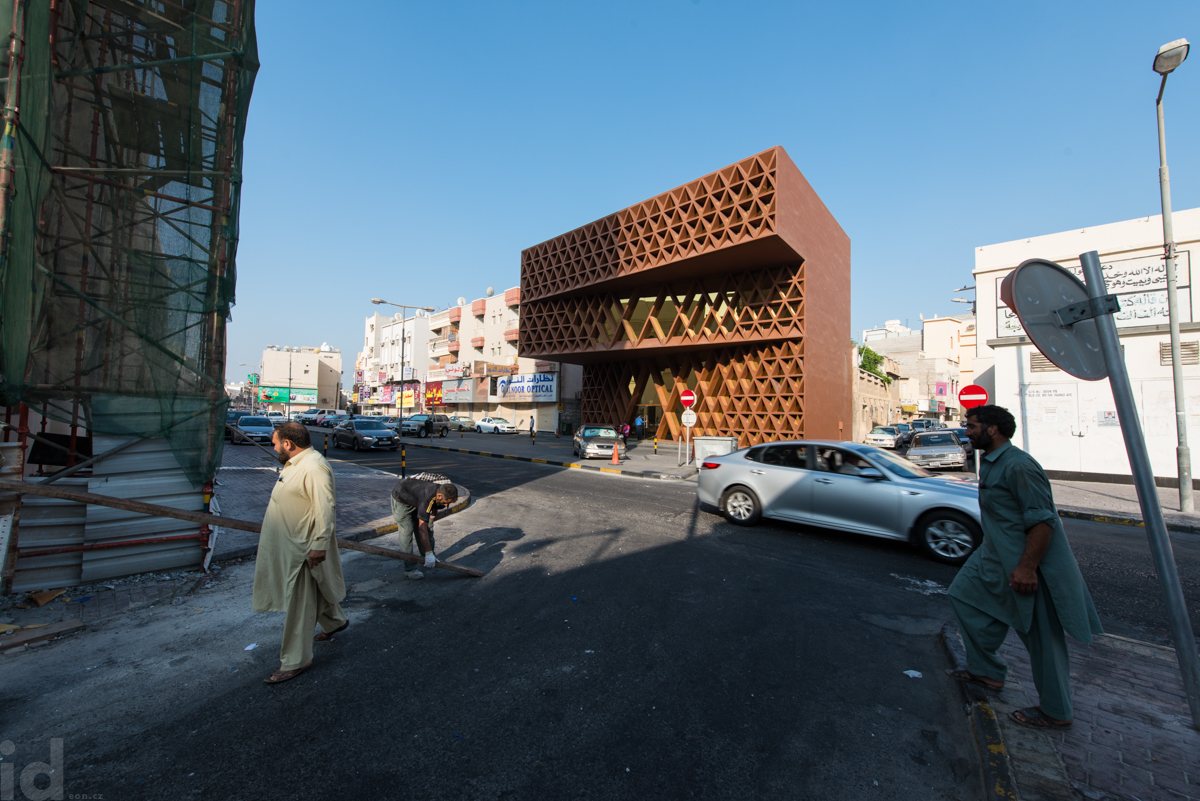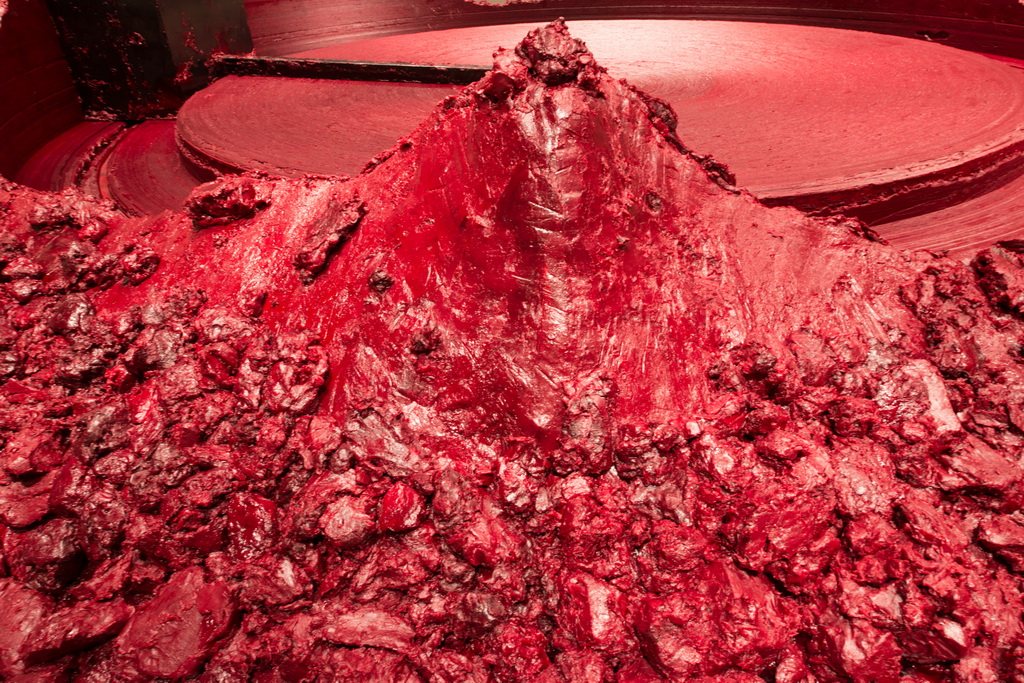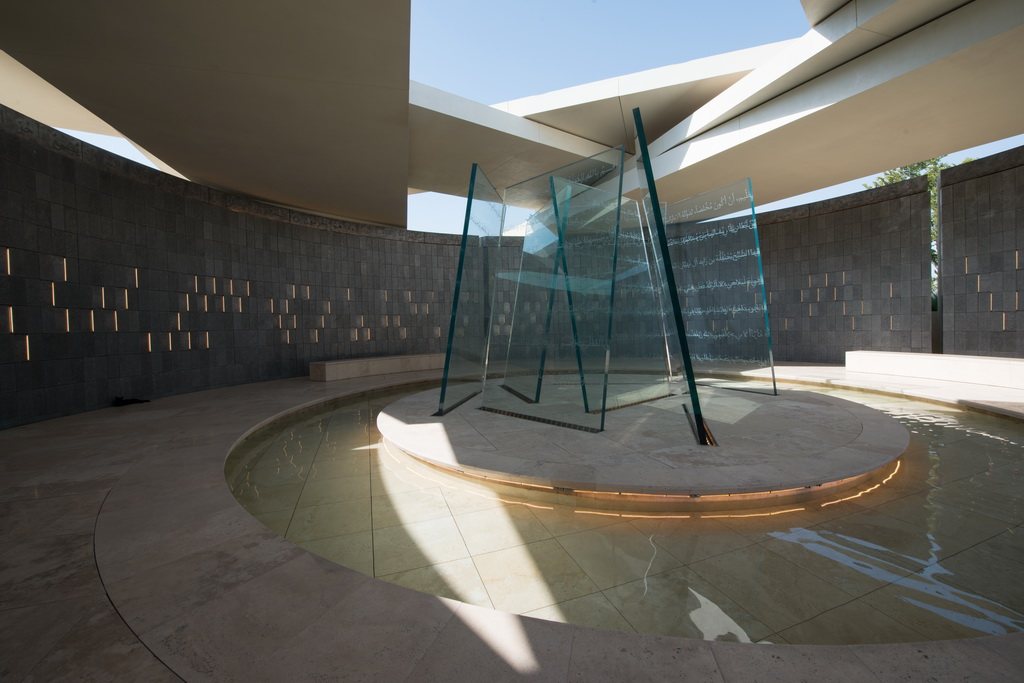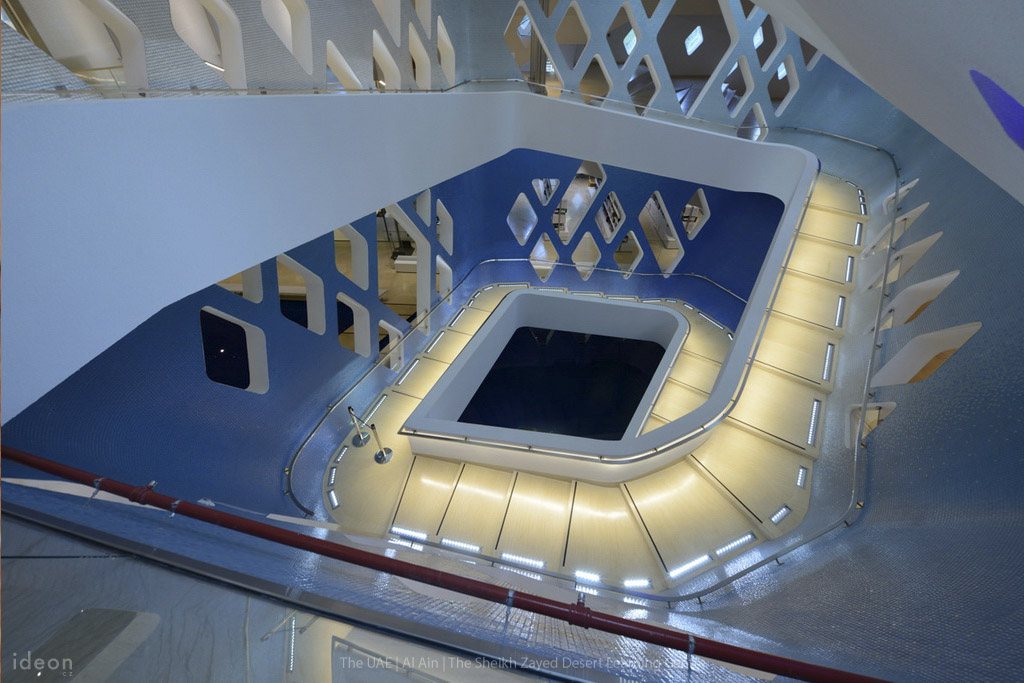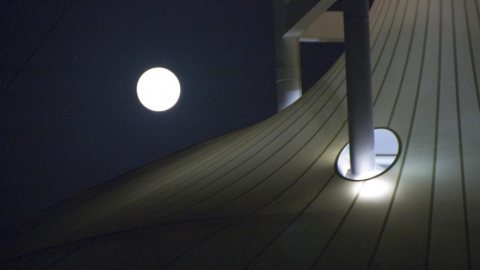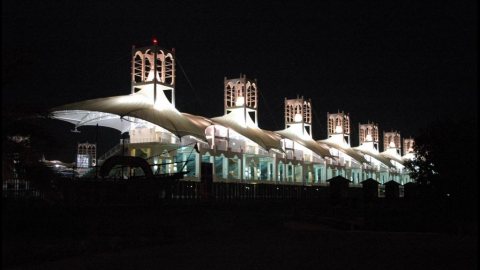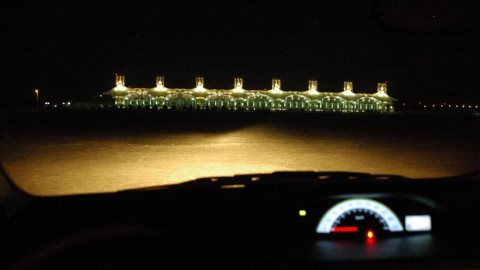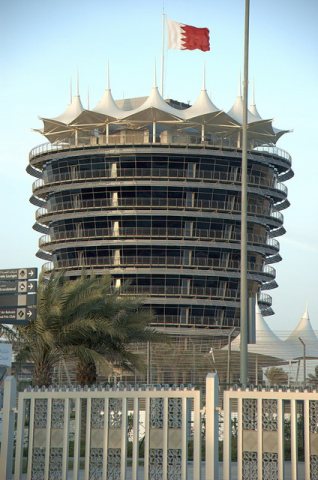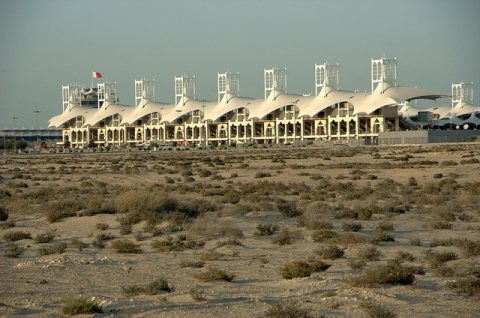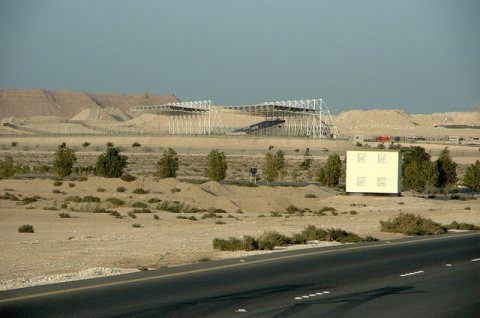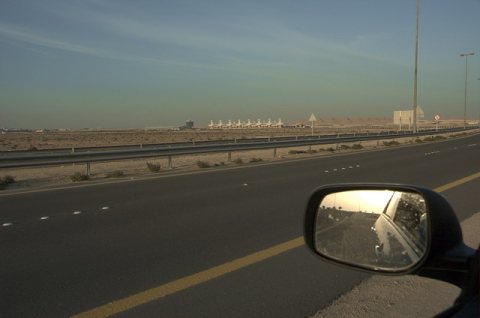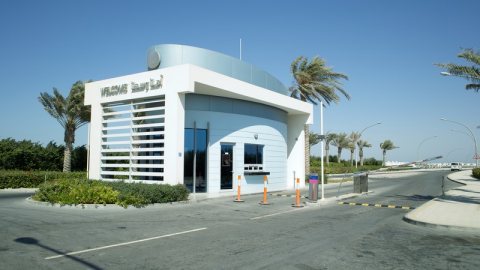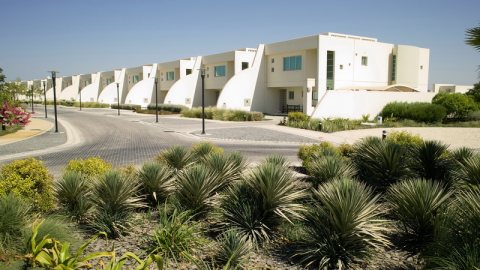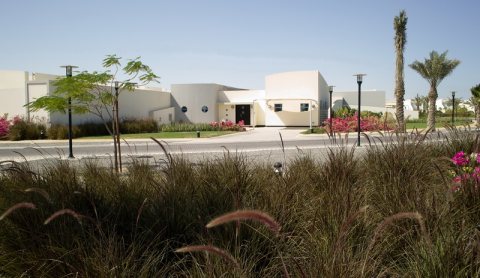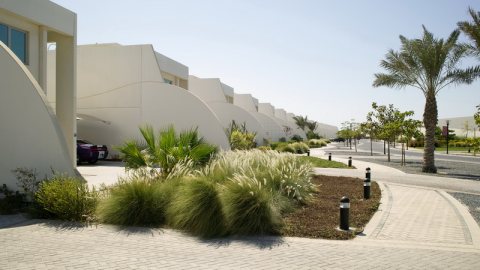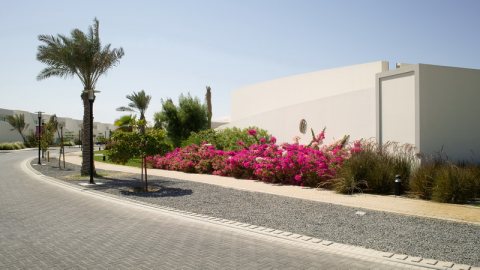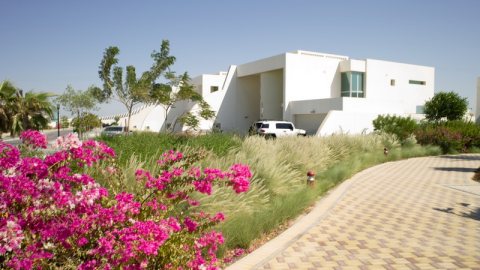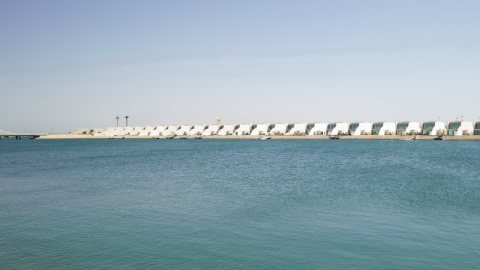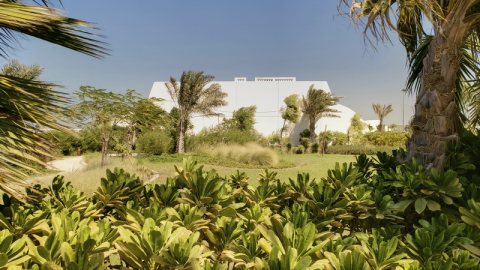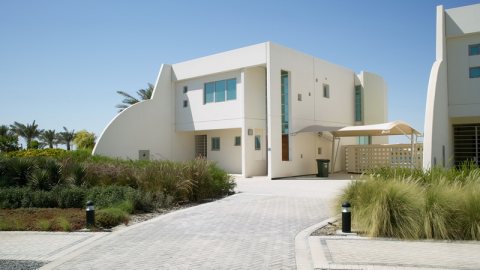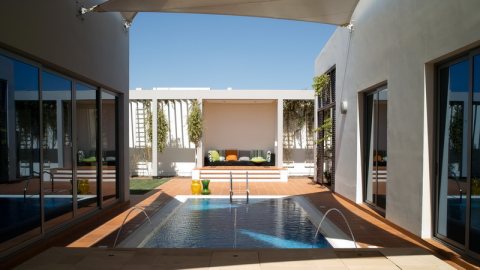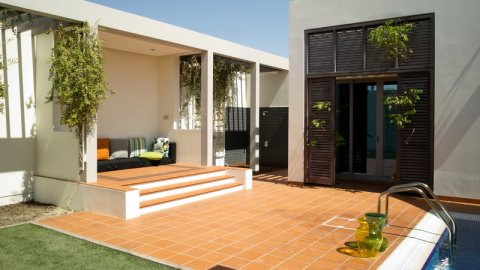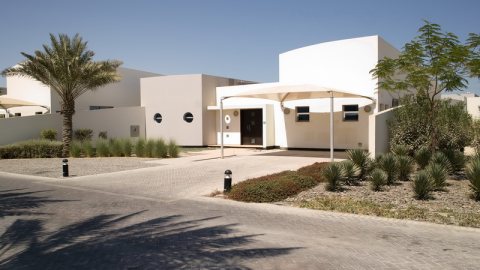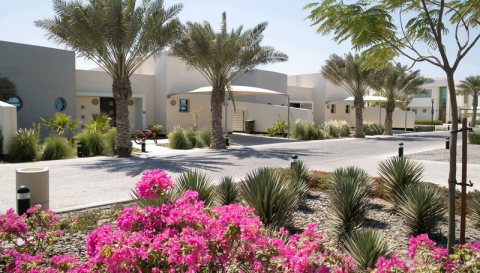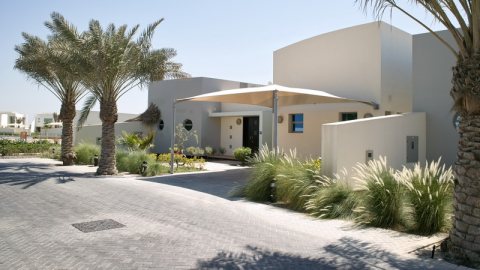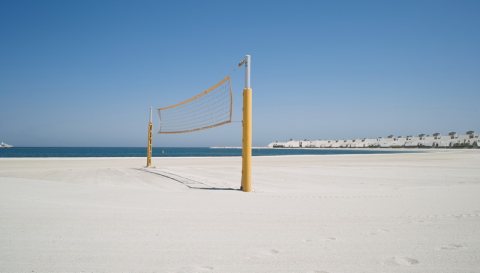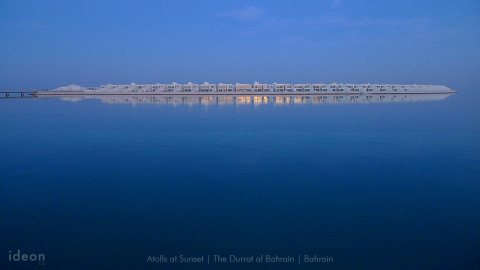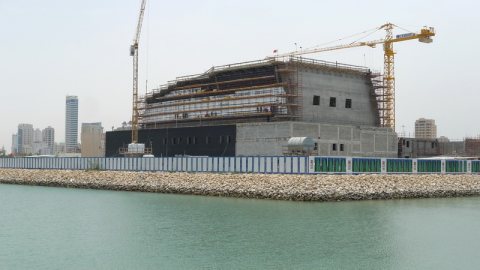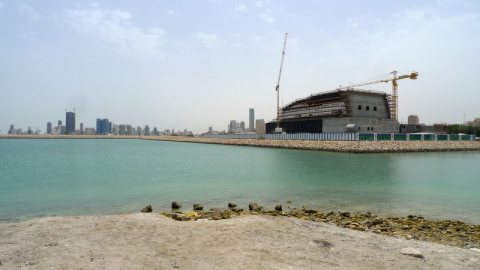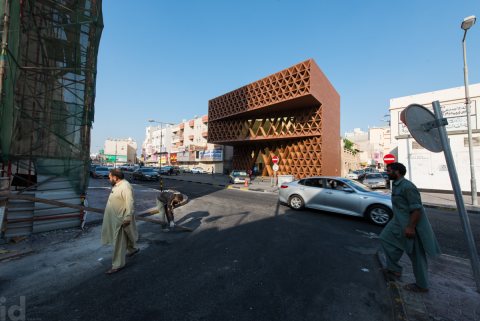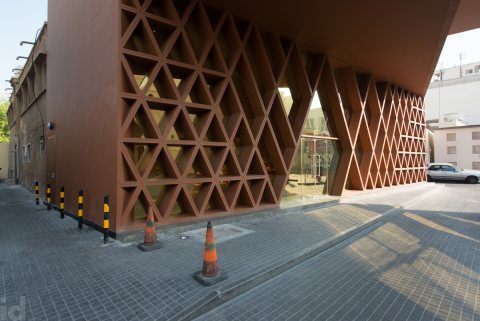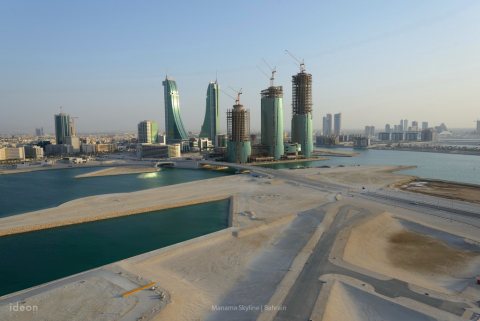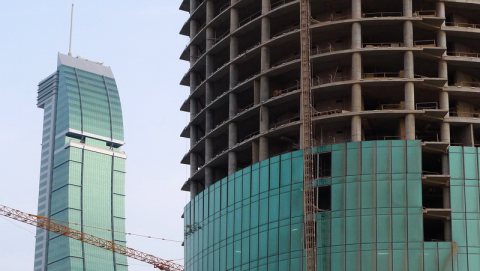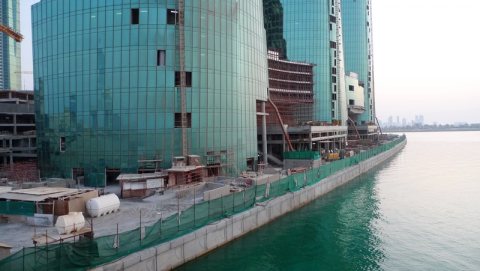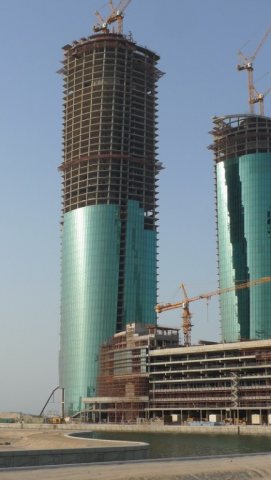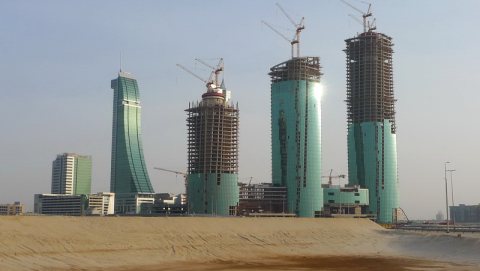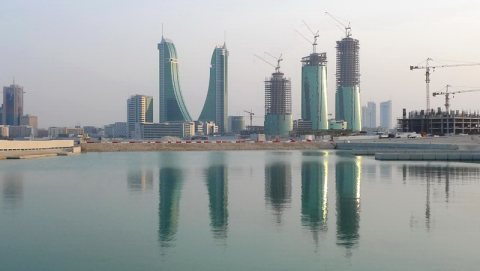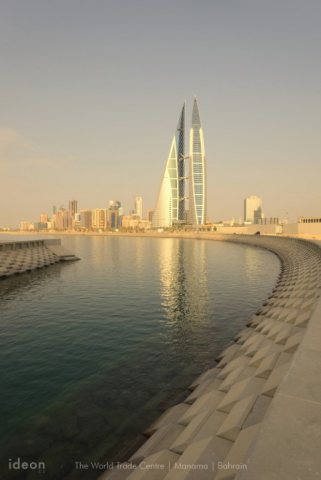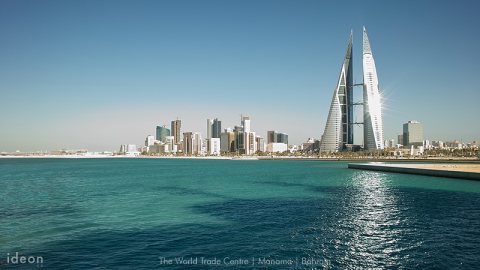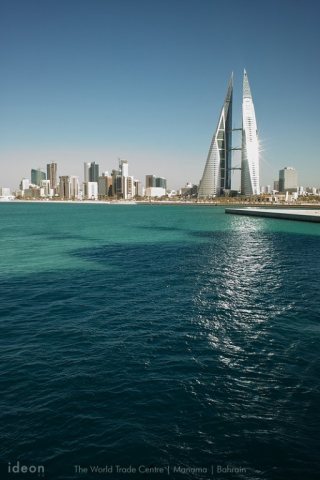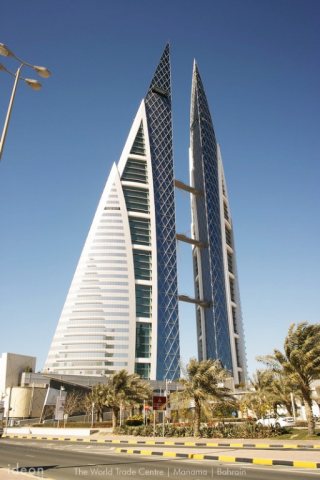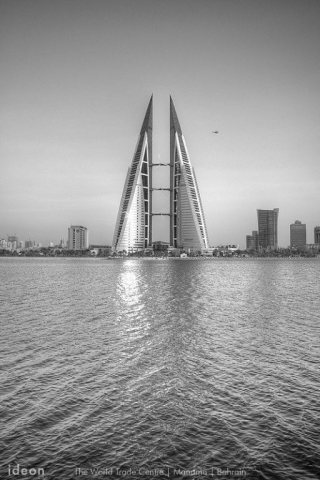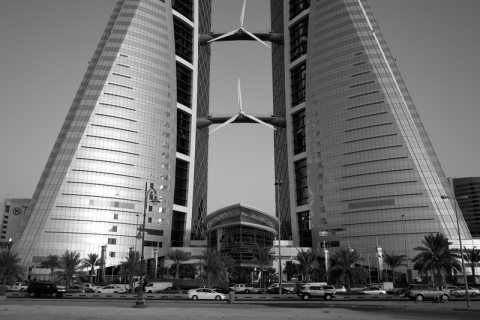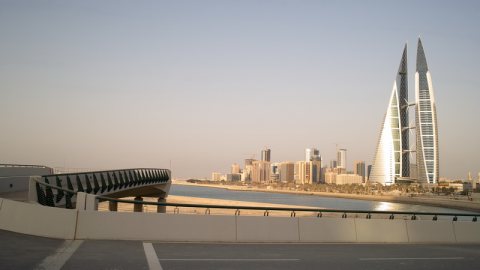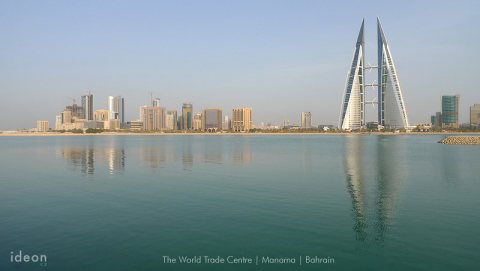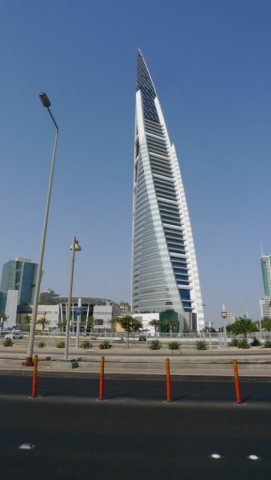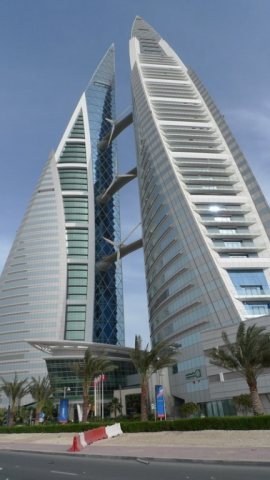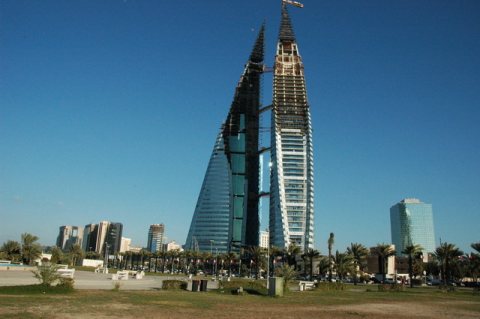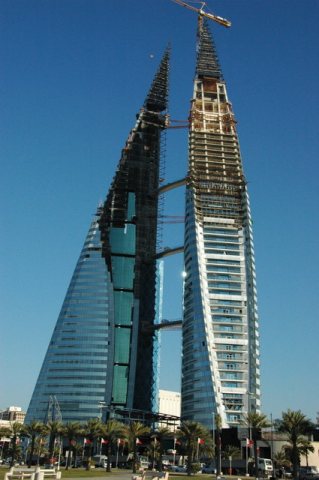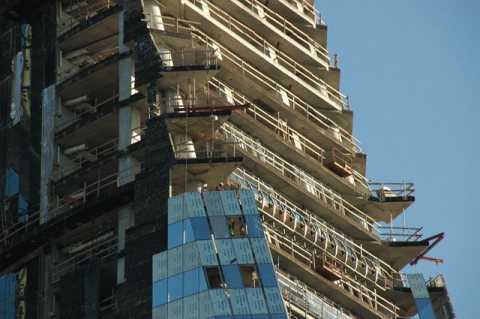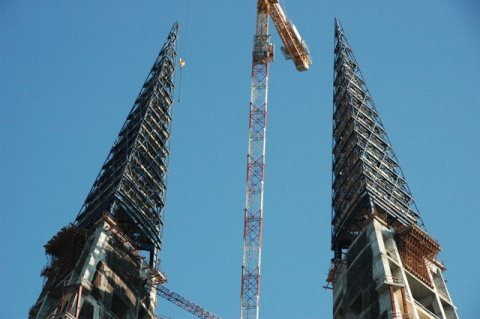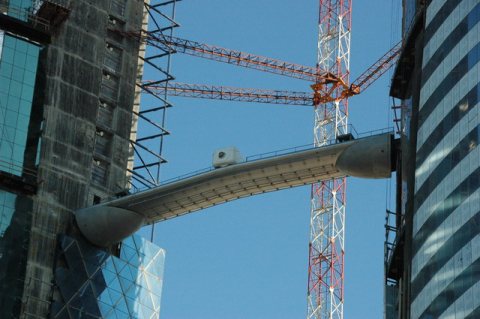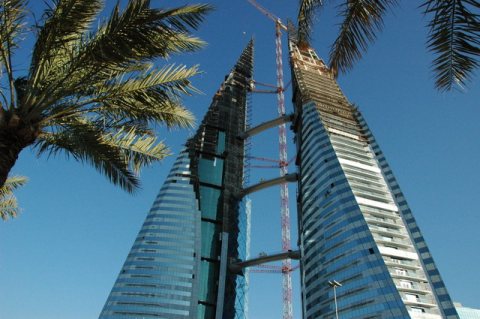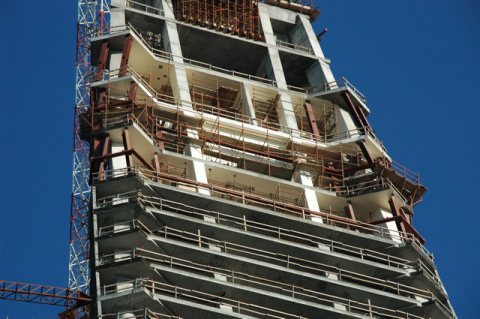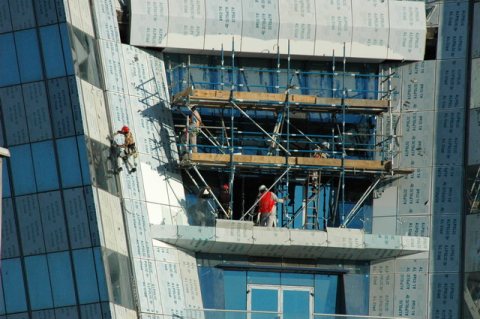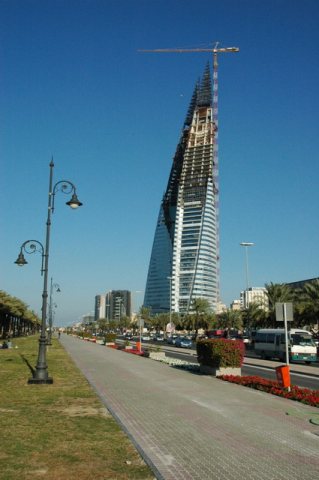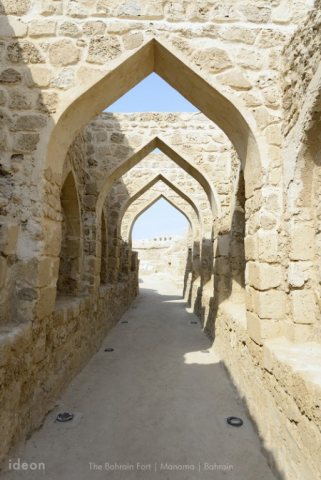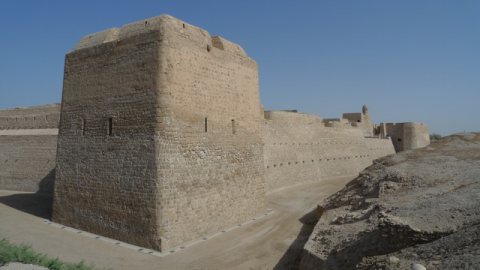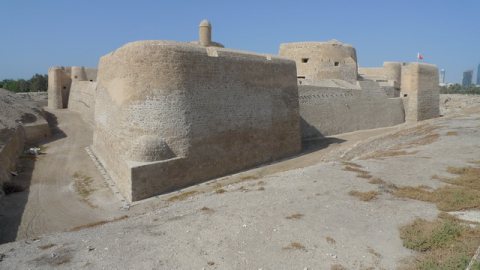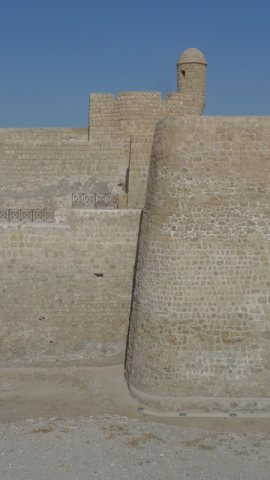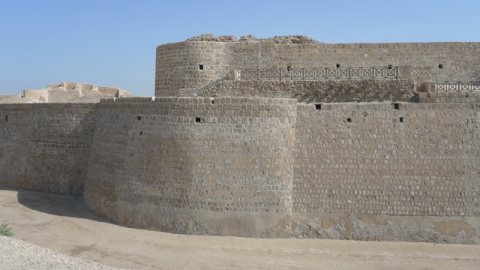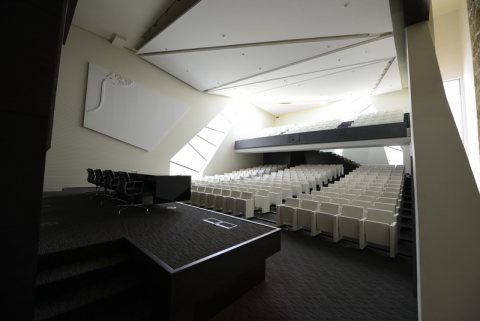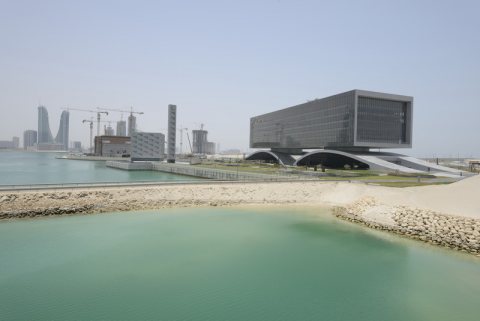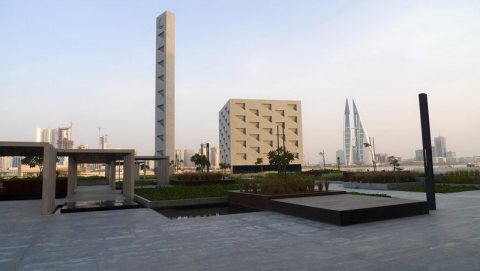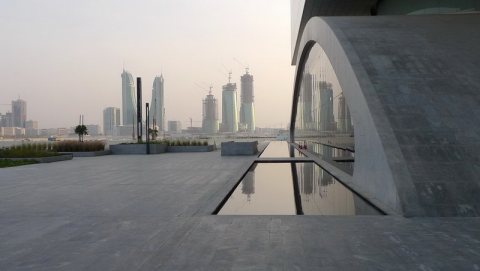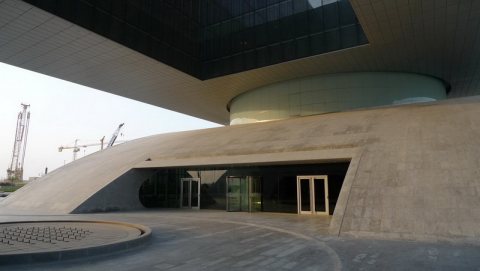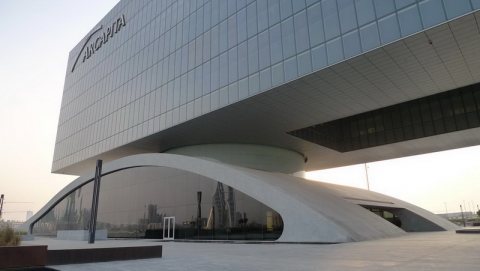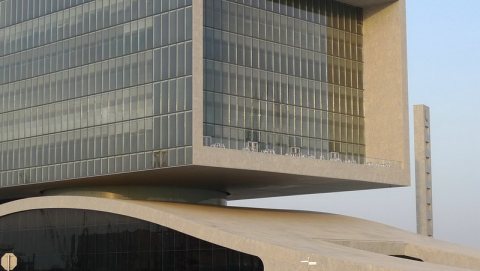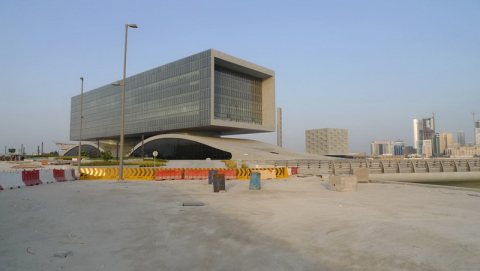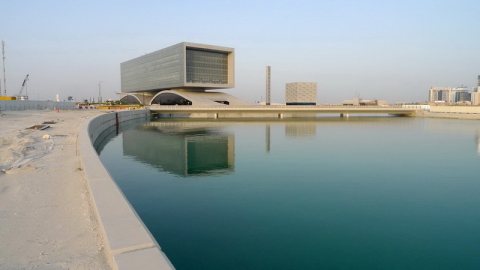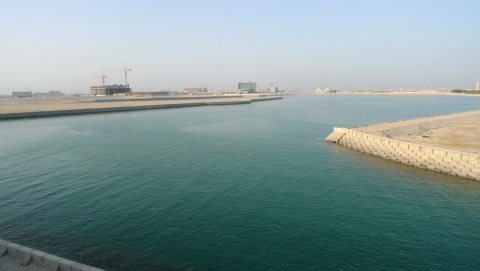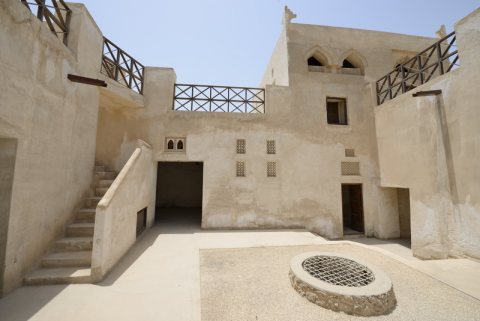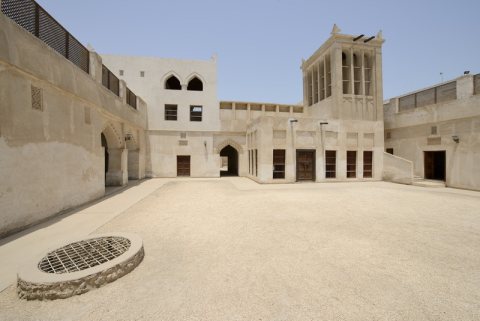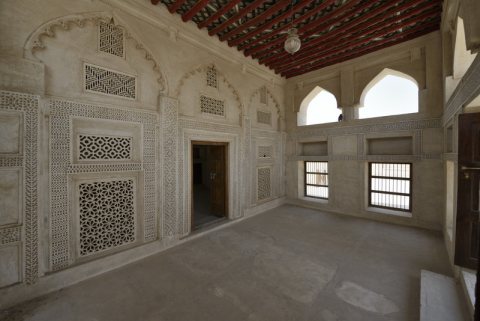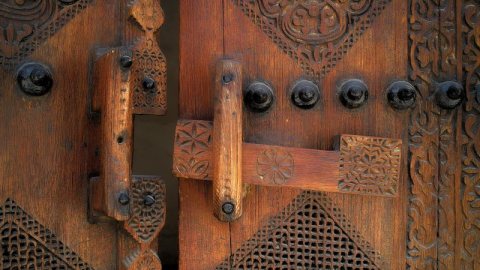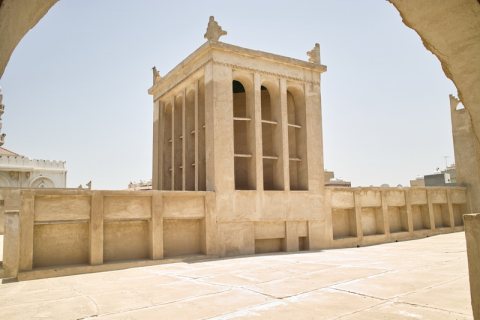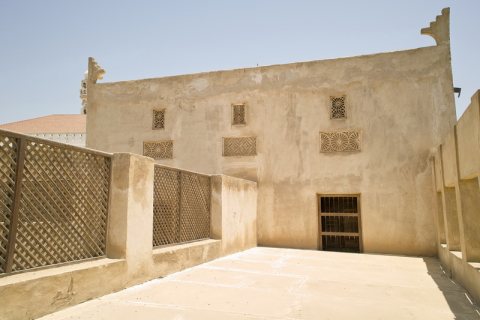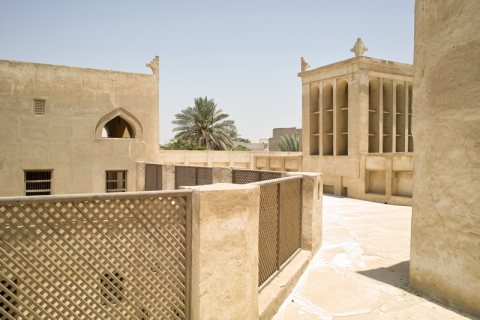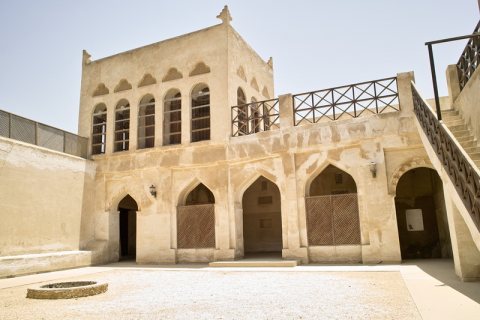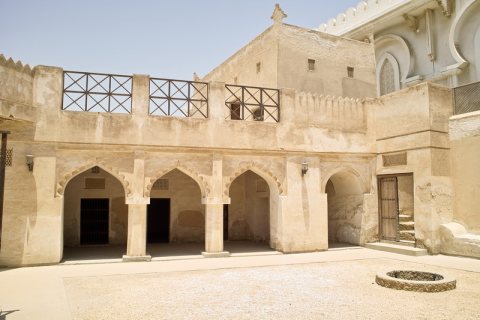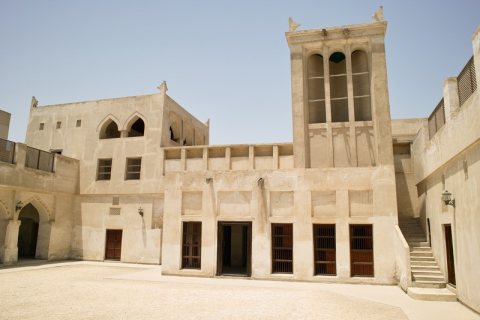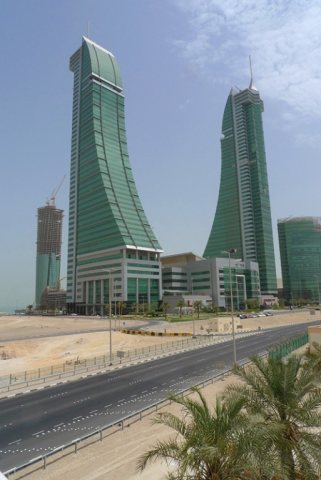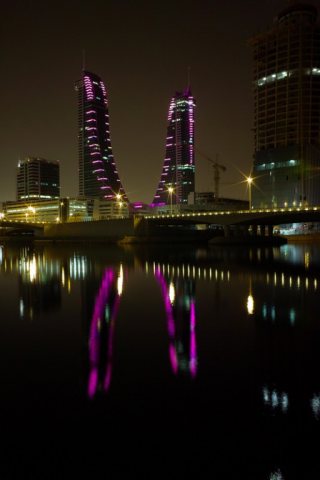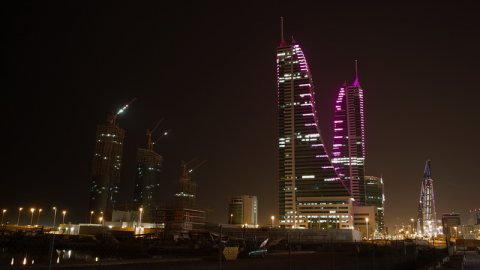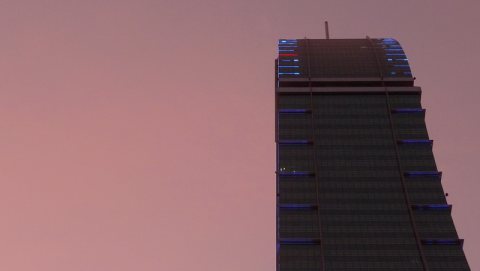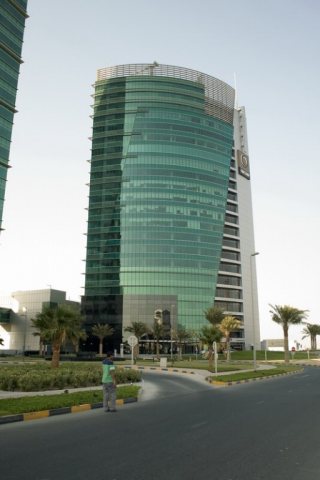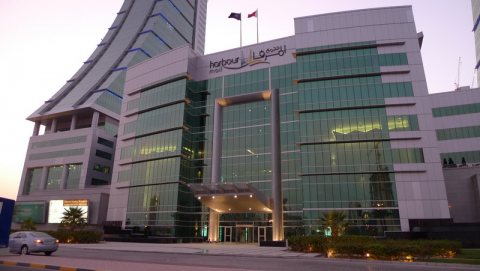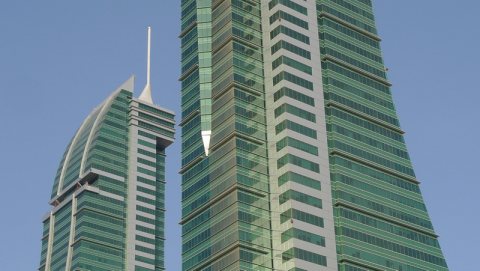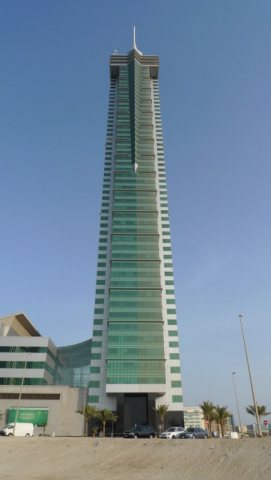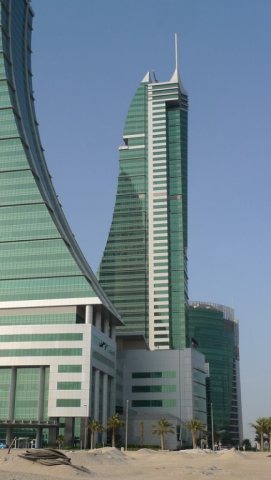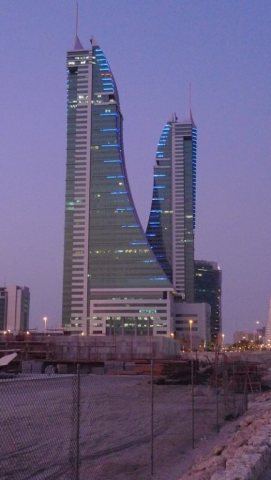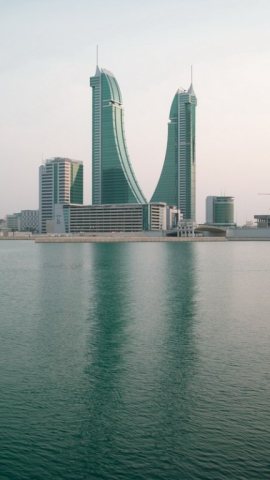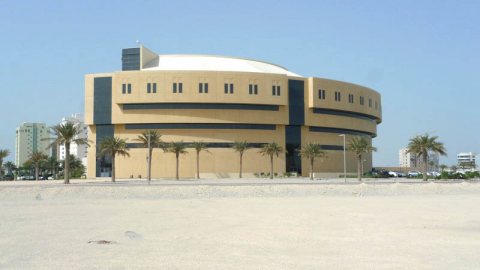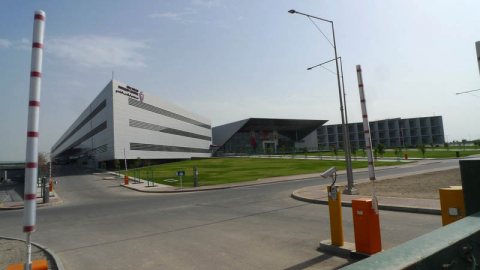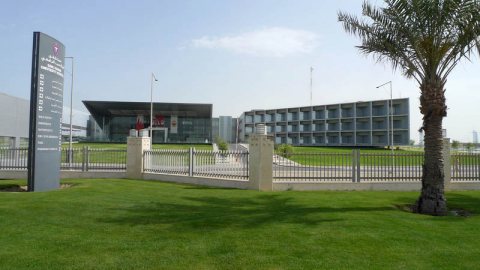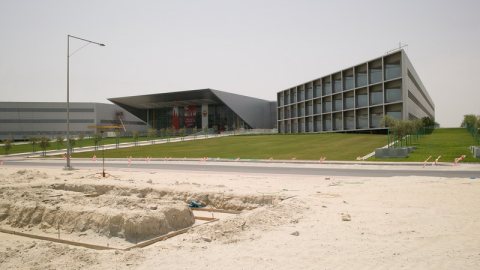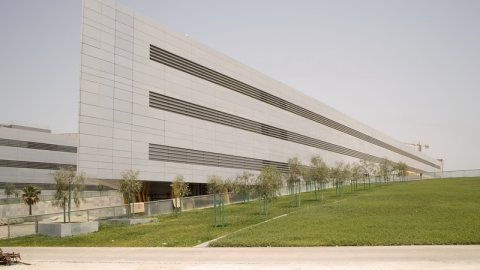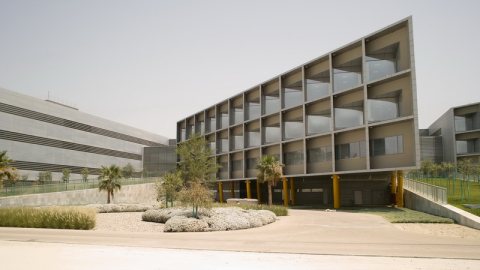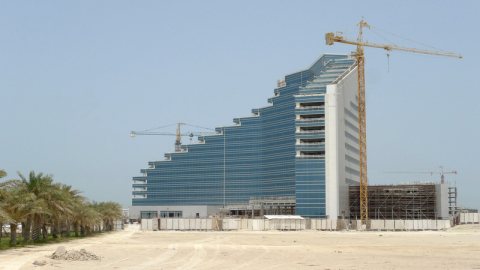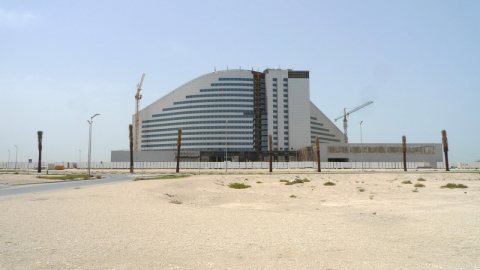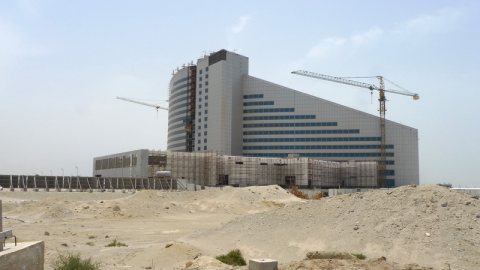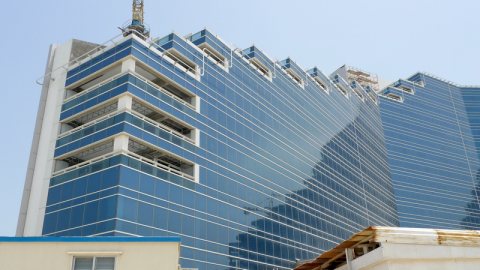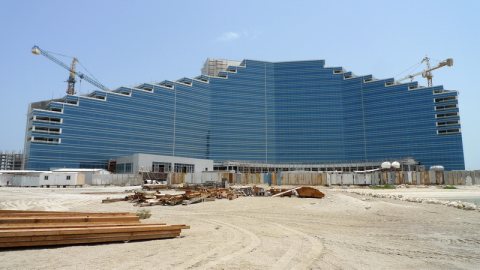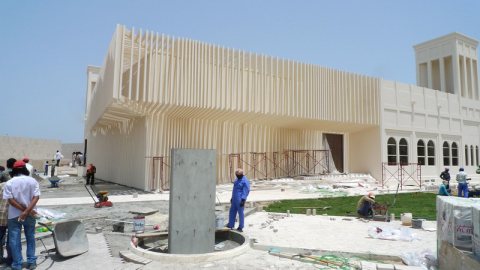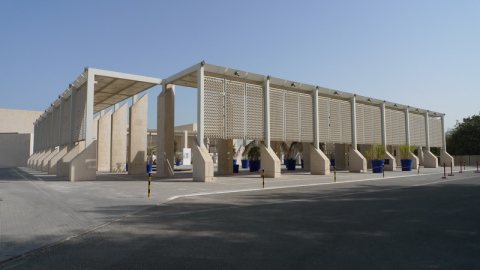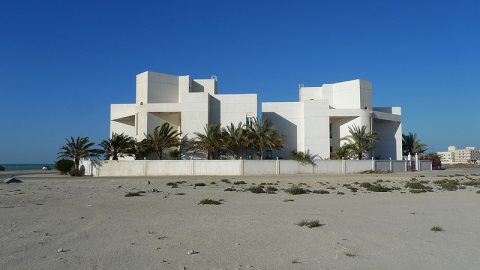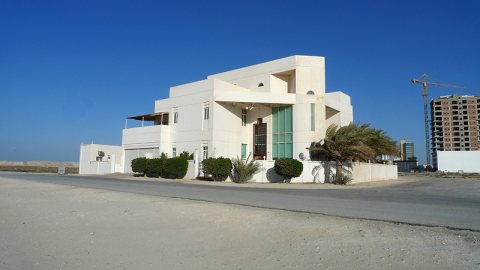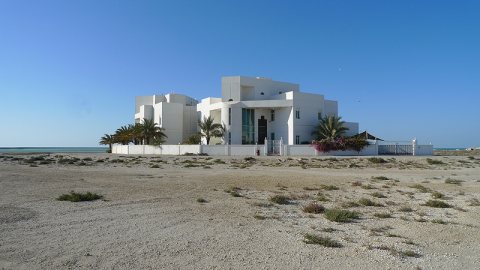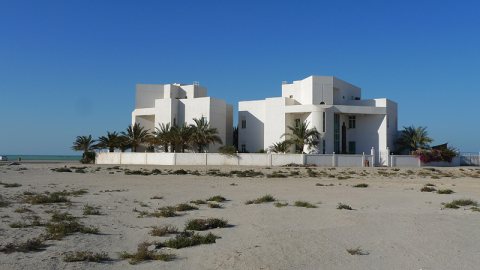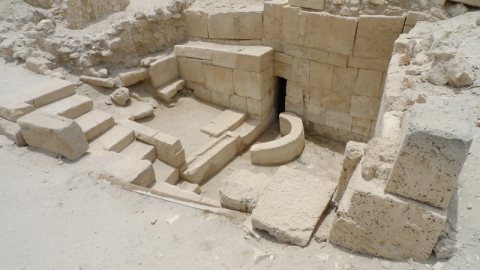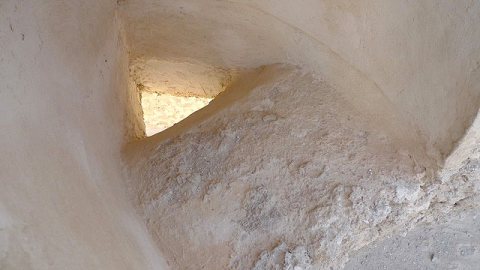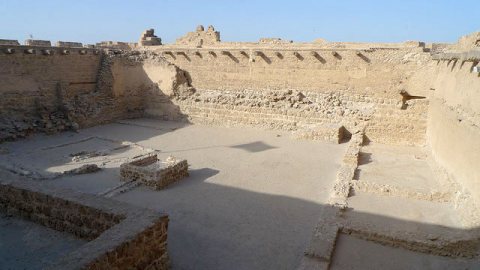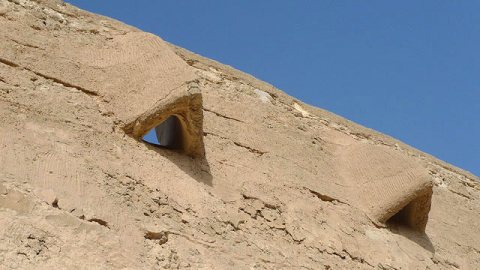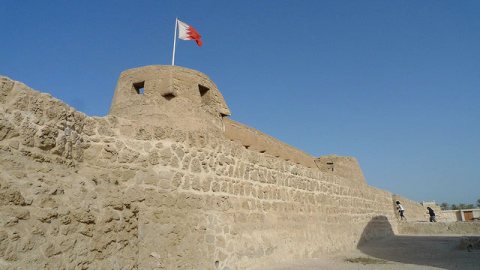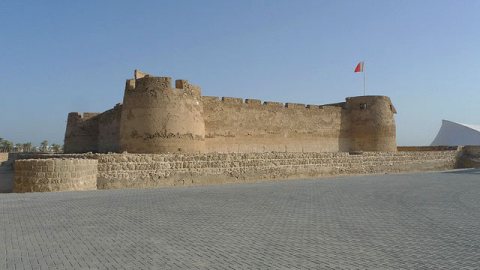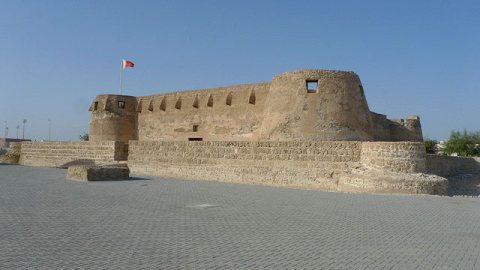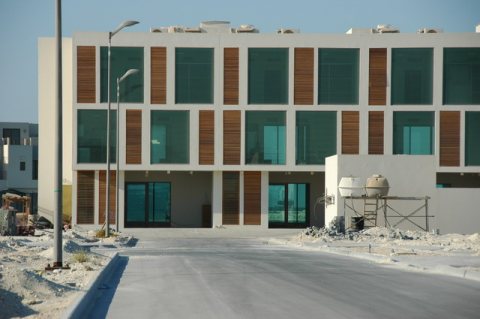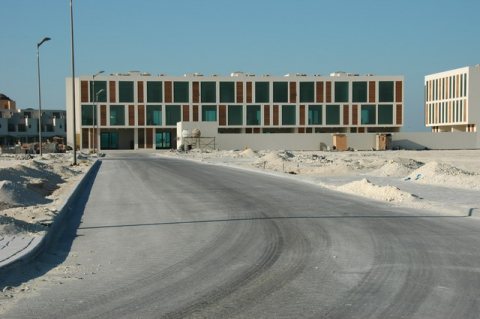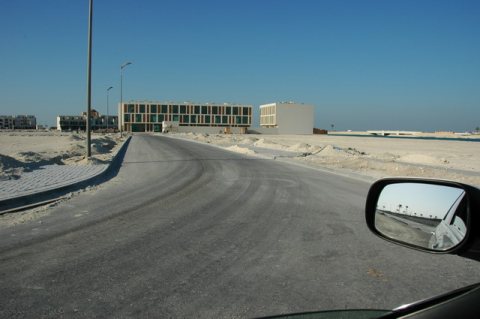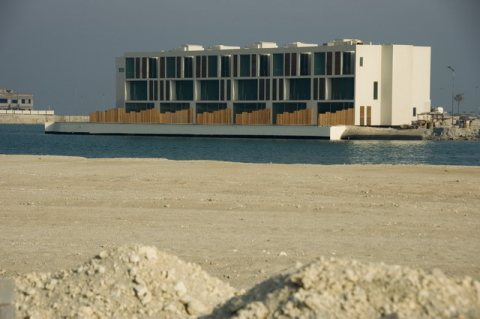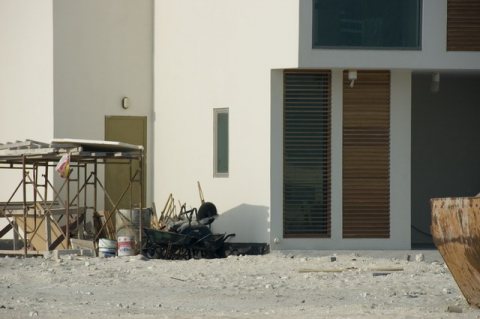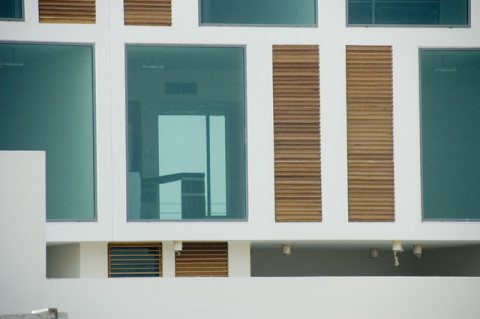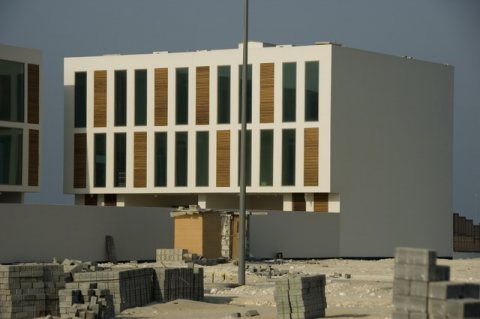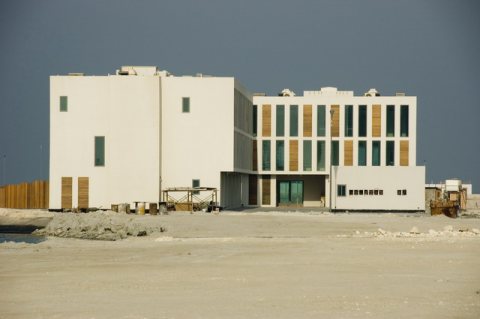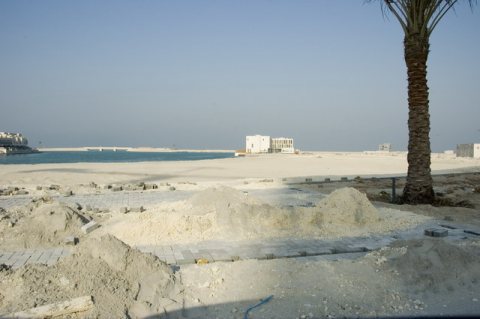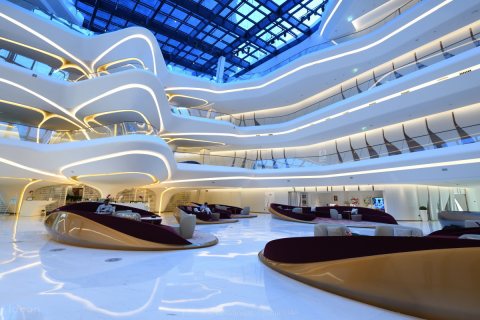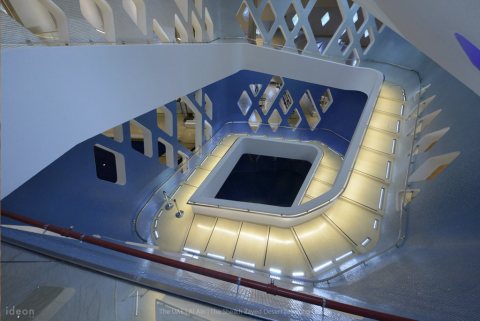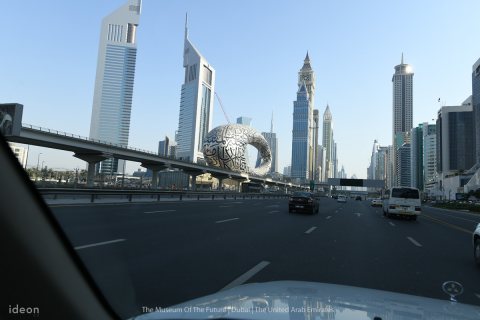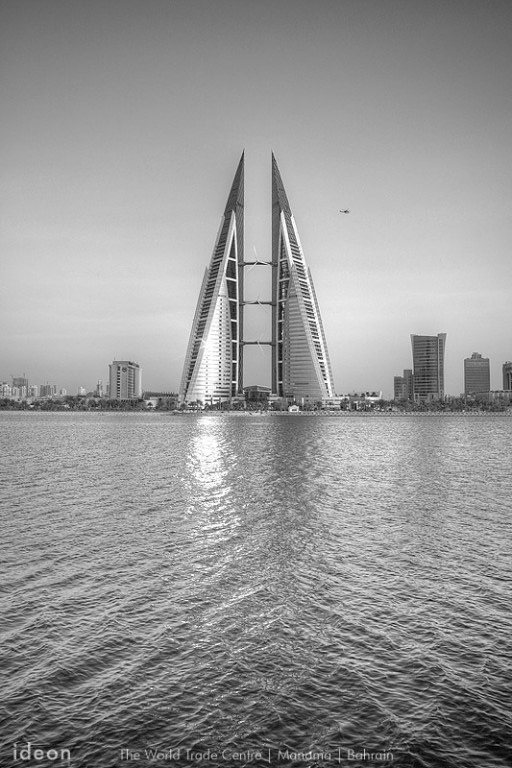New Albums
Bahrain
Albums
-
It’s an island and a city, it’s the desert and the sea, it’s a holiday and a home, it’s a place to be together, it’s escapism and adventure. It’s one world that offers you endless possibilities. It is a place like no other.
-
The National Theatre of Bahrain is a waterfront building complex situated in Manama next to the Bahrain National Museum, and consists of a main 1001-seat auditorium and a smaller 150-seat flexible studio theatre. Opened on 12 November 2012 and costing $50 million, the theatre encompasses an area of 11,869 square metres (127,760 sq ft) making it the third largest theatre in the Middle East.
-
The Al- Khalefeyah Library project is situated in the old city centre of Muharraq and is the reconstruction of the original Khalefeyah Library, which was one of the first public libraries to be built in Bahrain. The library will be rebuilt on its original location and is designed by the Dutch firm SeARCH bv in collaboration with the Bahrain- based architects PAD. Since, the original footprint of the library is currently half-occupied by a road extension, the building has been designed on half the existing footprint and stretches vertically over the three levels that cantilever to recall the original footprint of the building. The building will accommodate a reading area, a research center, an inet lab as well as offices and will be open to the public, and provide a public and cultural program targeted at the youth in the heart of Muharraq. ( http://culture.gov.bh/en/authority/projects/Al-KhalefeyahLibrary/ )
-
The Bahrain Fort, also known as the Fort of Bahrain and previously known as the Portugal Fort (Qal'at al Pourtugal) as well as the fort of Nader Shah, the Persian king, is an archaeological site located in Bahrain. It is composed of an artificial mound created by human inhabitants from 2300 BC up to the 18th century, including Portuguese and Persians. Among other things, it was once the capital of the Dilmun civilization, and served more recently as a Portuguese fort. For these reasons, it was inscribed as a UNESCO World Heritage Site in 2005.
-
Shaikh isa Bin Ali Al Khalifa House is located in the center of the old capital of Bahrain (Muharraq City). It was built at the end of the 18th century by Shaikh Hassan Bin Abdulla Ahmed Al Fateh during the rule of his father, Shaikh Abdulla Bin Ahmed Al-Khalifa. The house is characterized by its huge walls and small doors designed to protect them from the heat in summer and the severe cold in winter.
-
Royal College of Surgeons in Ireland (RCSI) - Medical University of Bahrain
-
The project involves construction of a 5-star hotel comprising a basement level, a ground floor and 14 additional floors offering 323 rooms. Facilities in the project will include: 5 restaurants, cafe's, lounges, a 1, 500 square metre conference centre, a poolside bar, a health club, a swimming pool and a private beach area.
-
The Bahrain National Museum is the largest and one of the oldest museums in Bahrain. It is constructed near the King Faisal Highway in Manama and opened in December 1988. The museum complex covers 27,800 sq meters and consists of two buildings. The museum possesses a rich collection of Bahrain's ancient archaeologyical artefacts acquired since 1988, and covers 6000 years of Bahrain's history. This US$30 million complex includes three halls devoted to archaeology and the ancient civilisation of the Dilmun, while two other halls depict the culture and lifestyle of Bahrain's recent pre-industrial past. (Wikipedia)
-
The Barbar Temple is an archaeological site located in the village of Barbar, Bahrain, and considered to be part of the Dilmun culture. The most recent of the three Barbar temples was rediscovered by a Danish archaeological team in 1954. A further two temples were discovered on the site with the oldest dating back to 3000 BC. The temples were built of limestone blocks, believed to have been carved out from the nearby Jidda Island.
-
Arad Fort is one of Bahrain's most important fortified castles. The Fort was built in the style of Islamic forts at the end of the 15th and early 16th centuries. Due to its strategic location overlooking various sea passages of Muharraq Island, Arad Fort was used as a defensive fortress throughout history, from the time Bahrain was occupied by the Portuguese in the 16thcentury to the reign of Shaikh Salman Bin Ahmed Al-Khalifa in the 19th century. Arad Fort was most recently restored in the 1980's, a process which took three years. In order to maintain the historical authenticity and value of Arad Fort, exclusively traditional materials were used, such as coral stone, lime and tree trunks.
Images
Image Comments
Who's Online (See full list)
- There are no registered users currently online

